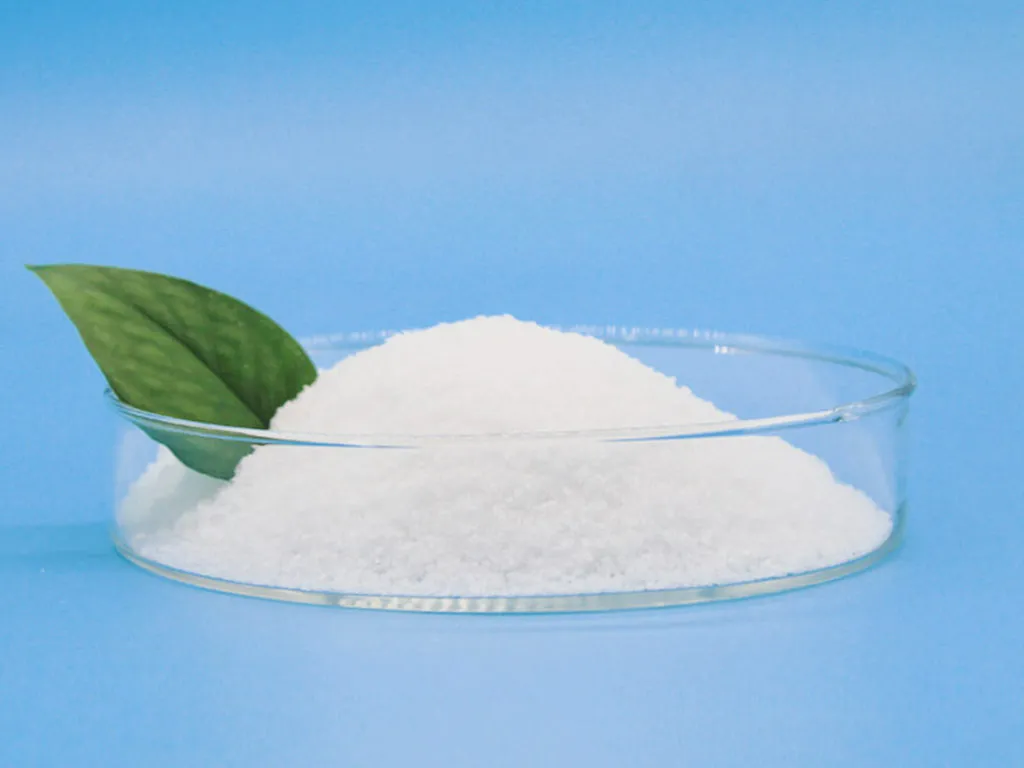How to choose polyacrylamide
Release time:
Sep 26,2024
Polyacrylamide (PAM) can be classified into four types based on its ionic properties: non-ionic, anionic, cationic, and zwitterionic. Many models have been obtained based on different molecular weights, ionicity, and other characteristics.
So, how do we choose the appropriate model when using it?
Understand the sources of sludge treatment.
Sludge treatment is an inevitable product of wastewater treatment. Firstly, we must understand the source, properties, composition, and solid content of sludge treatment. Sludge treatment can be divided into organic sludge treatment and inorganic sludge treatment according to its main components. Generally speaking, cationic polyacrylamide is used for organic sludge treatment, while anionic polyacrylamide is used for inorganic sludge treatment. Cationic polyacrylamide is not easy to use in alkaline conditions, while anionic polyacrylamide is not suitable for use in acidic conditions. Due to the high solid content in the sludge treatment process, the amount of polyacrylamide used is usually very high.
According to the sludge treatment method to be dehydrated, coagulants with different ionization degrees can be selected through small experiments, and the most suitable polyacrylamide can be chosen to achieve the best flocculation effect, minimize quantity, and save costs. The key to selecting ionization degree:
(1) Thin slice size: Thin slices that are too small can affect drainage speed, while thin slices that are too large can bind more water and reduce the degree of mud settling. The size of the flocculant can be adjusted by selecting the molecular weight of polyacrylamide.
(2) Thin film strength: The thin film should remain stable and should not break during shearing. Increasing the molecular weight of polyacrylamide or selecting an appropriate molecular structure is beneficial for improving the stability of the flakes.
(3) Polyacrylamide must fully react with the sludge treatment at a certain location of the dewatering equipment in order to cause flocculation. Therefore, the viscosity of polyacrylamide solution must be appropriate and can be fully mixed with sludge treatment under the conditions of existing equipment. Mixing the two solutions evenly is a key factor for success. The viscosity of polyacrylamide solution depends on its molecular weight and concentration.
(4) Good solubility can fully achieve flocculation effect. As mentioned above, the dissolution process of polyacrylamide is actually the maturation process of polyacrylamide, and sometimes it is necessary to accelerate the dissolution rate. Therefore, please consider increasing the concentration of polyacrylamide solution.

auto


